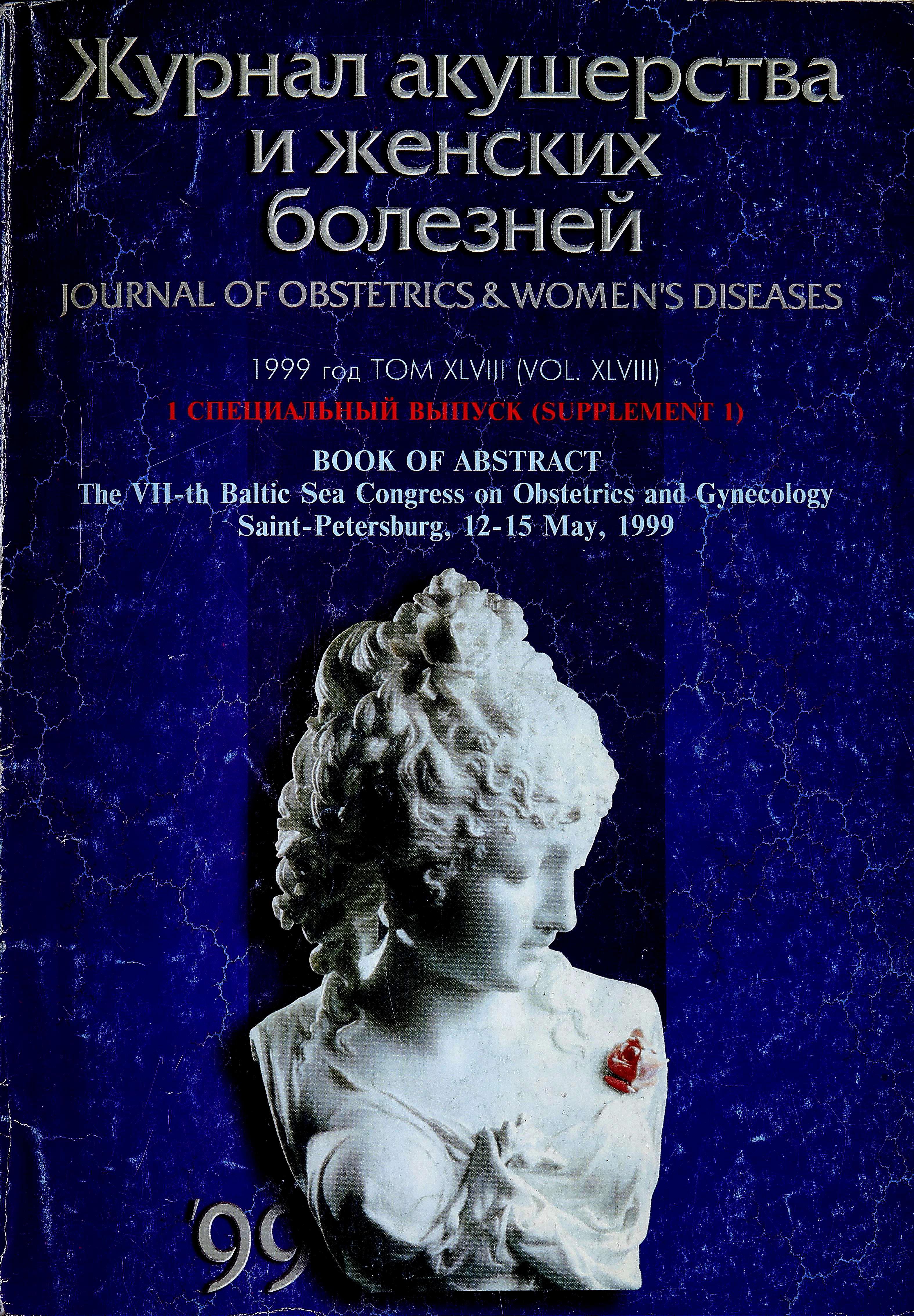I. Cesarean section or vaginal delivery
- Authors: Sjoberg N.1
-
Affiliations:
- Malmo University Hospital
- Issue: Vol 48, No 5S (1999)
- Pages: 150-150
- Section: Articles
- Submitted: 22.02.2022
- Accepted: 22.02.2022
- Published: 15.12.1999
- URL: https://journals.eco-vector.com/jowd/article/view/101436
- DOI: https://doi.org/10.17816/JOWD101436
- ID: 101436
Cite item
Full Text
Abstract
Optimal cesarean section rate is a compromise between the lowest possible number of cesarean sections compatible with the best clinical outcome. However, there is today a fear that the obstetrician will not be sued for having petformed a cesarean section but by not performing cesarean section. It is important to remember that the preoperative complication rate in cesarean section is about 11%, the majority of complications occurring in conjunction with emergency cesarean section, and taking the form of injection of hemorrhage. The risk of maternal death is 9-12 times greater after cesarean section than after vaginal delivery.
Keywords
Full Text
Optimal cesarean section rate is a compromise between the lowest possible number of cesarean sections compatible with the best clinical outcome. However, there is today a fear that the obstetrician will not be sued for having petformed a cesarean section but by not performing cesarean section. It is important to remember that the preoperative complication rate in cesarean section is about 11%, the majority of complications occurring in conjunction with emergency cesarean section, and taking the form of injection of hemorrhage. The risk of maternal death is 9-12 times greater after cesarean section than after vaginal delivery.
Although cesarean section has its given place in a number of obstetrics situations it is no panacea, and avoidance of its indiscriminate use entails continual review of obstetric policy and awareness of the appropriate indications. Whereas in high-risk pregnancies the indications for cesarean section are numerous (placenta praevia, abruptio placentae, cephalopelvic disproportion, dystocia, fetal distress, multiple pregnancy, intrauterine growth retardation etc.), in low risk pregnancies they are largely confined to breech presentation and fetal asphyxia. Other determinants of the cesarean section rate are such practical variables as the birth rate, obstetrical policy, the availability of resources, the medico-legal climate and the gravida’s wishes.
Although local cesarean section rates may be subject to change fluctuations in the incidence of the above mentioned indications, at a national level it would seem reasonable to expect the cesarean-to-vaginal delivery ratio to bear some relation to the high-to-low risk pregnancy ratio. A review of national trends shows the cesarean section rate to have stabilized at around 12% in Sweden whereas in the USA, for instance, the rate has continued to increase and is now almost 30%, and in Italy - 23%.
About the authors
N. Sjoberg
Malmo University Hospital
Author for correspondence.
Email: info@eco-vector.com
Sweden, Malmo
References
Supplementary files







